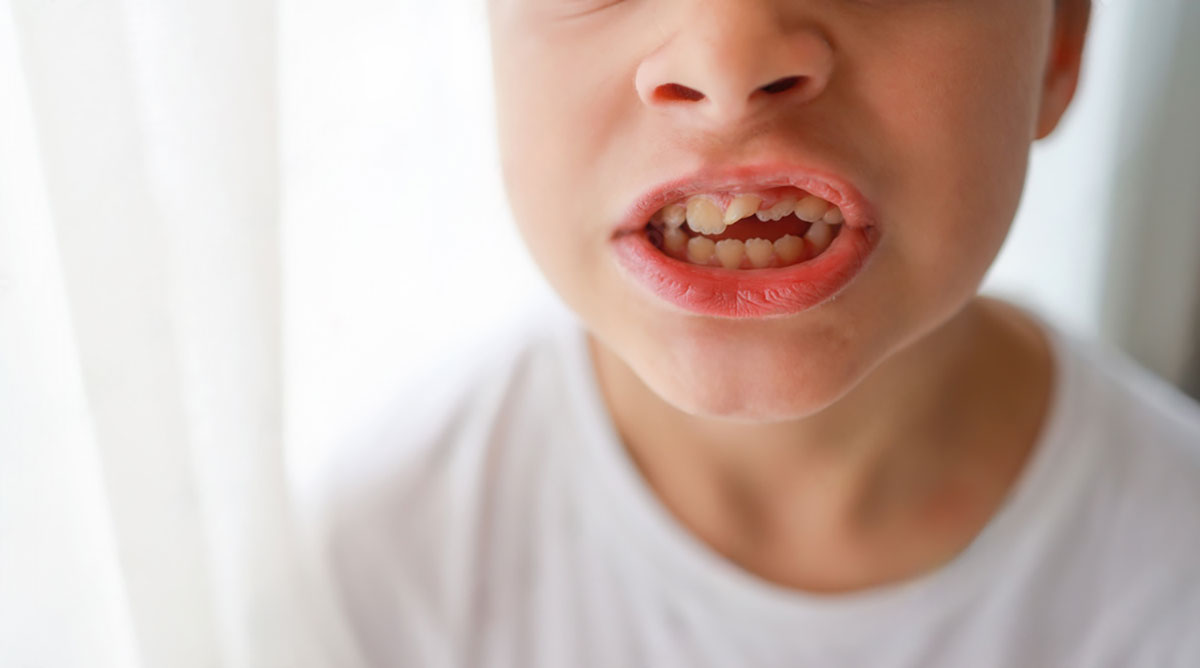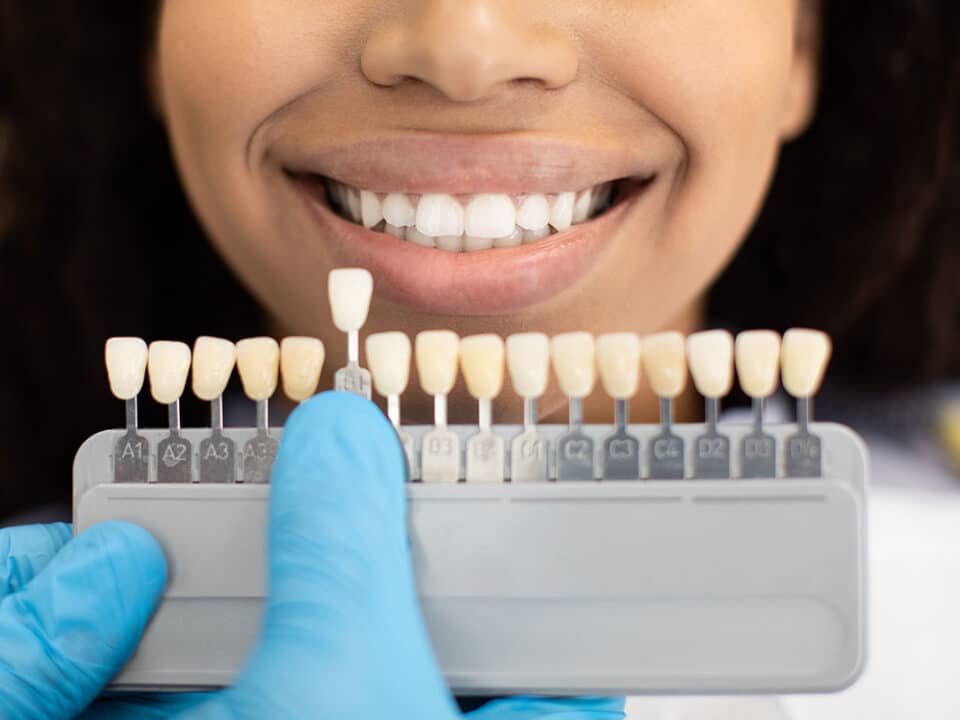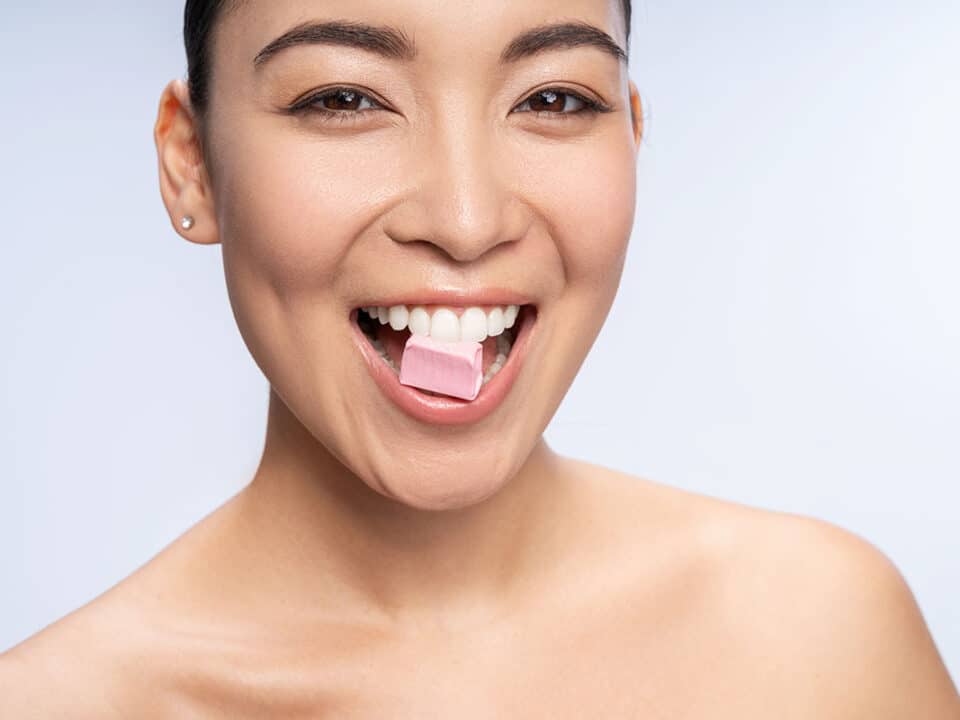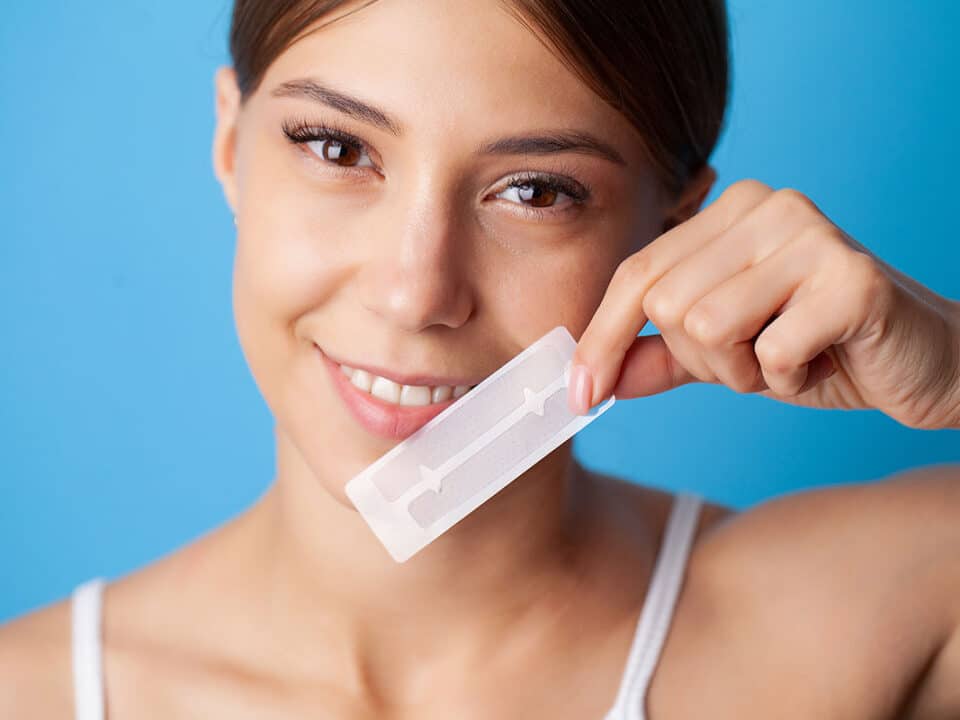Quick Answer: How To Stop Thumb Sucking
If you’re looking for fast, actionable advice, here’s a summary of proven methods for how to help your child stop thumb sucking effectively.
Use positive reinforcement to encourage non-sucking behaviour. Identify emotional triggers (like stress or boredom) and offer comforting alternatives such as stuffed animals or fidget toys. At night, thumb guards or mittens may help break the subconscious habit. If thumb sucking continues past age 5, consult a pediatric dentist for professional guidance.
Introduction: Why Thumb Sucking Matters
Thumb sucking is a natural and soothing reflex for babies and toddlers. It’s a way for young children to feel secure, reduce anxiety, and self-soothe, especially during sleep or when overstimulated.
However, while normal in the early years, thumb sucking can lead to long-term dental and speech complications if it persists beyond the age of 5. It can affect the growth of the jaw, lead to tooth misalignment, and even invite teasing or social anxiety.
Stopping thumb sucking isn’t about punishment or pressure—it’s about support and guidance. Understanding why it happens and how it impacts development is crucial to helping your child break the habit in a healthy and encouraging way, without tears.
This guide provides gentle, science-backed approaches tailored to your child’s age and needs. You’ll find tools, behavioural insights, and parental tips to support a thumb-sucking-free future.
Table of Contents

What Is Thumb Sucking and Why Do Children Do It?
Thumb sucking is a natural reflex that begins in the womb and is often one of the first self-soothing behaviours a baby develops. For infants and toddlers, sucking on a thumb, finger, or pacifier helps regulate emotions, reduces anxiety, and provides comfort during times of stress, fatigue, or boredom. Many pediatricians and child development experts agree that thumb sucking in early life is a normal and healthy behaviour. However, when the behaviour persists beyond the toddler years, especially once permanent teeth begin to emerge, thumb sucking can start to pose developmental concerns and affect how your child meets standard pediatric dental milestones.
- Natural reflex: Babies begin thumb sucking in the womb as a self-soothing behaviour.
- Emotional comfort: Helps regulate feelings and reduce stress in uncertain environments.
- Sleep routine aid: Many children use it to settle down and fall asleep more easily.
- Oral exploration: A key way infants learn about their world through touch and sensation.
- Age-appropriate in the early years: Most children stop on their own between the ages of 2 and 4.
- Potential concern after age 5: Prolonged sucking may impact the shape of the palate, speech development, and tooth alignment.
When Is Thumb Sucking a Problem?
Not all thumb sucking is cause for concern. But once your child starts developing permanent teeth, the stakes change. According to dentists and pediatricians, thumb sucking typically becomes a concern if it continues past the age of 5, at which age it can begin to affect your child’s development.
Key Risks of Prolonged Thumb Sucking
- Impact on dental development: Pressure can lead to open bites, overbites, and jaw misalignment, causing a noticeable gap between the upper and lower front teeth.
- Increased risk of speech delays: Tongue positioning issues may affect the production of sounds like “s” and “th.”
- Changes in the shape of the palate: Prolonged sucking can cause the palate to narrow and develop abnormally.
- Social teasing or embarrassment in school-age children: Thumb sucking may make children targets for teasing, which can affect their confidence and social interactions.
Pediatric Recommendation: Seek dental guidance if thumb sucking persists beyond the age of 5 to avoid potential long-term complications.

Why Do Children Suck Their Thumbs?
Children often turn to this habit as a form of self-soothing, and the triggers may not always be obvious. Understanding why your child turns to thumb sucking can help you offer more targeted and practical solutions.
- Stress or anxiety relief: Major life changes, such as starting school or the arrival of a sibling, can prompt a child to seek comfort through thumb sucking.
- Boredom or inactivity: With nothing to do, some children default to thumb sucking as a coping mechanism.
- Sleepiness or bedtime routines: Thumb sucking can be a calming part of the wind-down process before sleep.
- Need for comfort or self-soothing: Especially in unfamiliar or overstimulating environments, thumb sucking helps children feel safe and secure.
By identifying the emotional or environmental triggers, you can create a tailored strategy to replace the habit with healthier alternatives. Observing when and where the habit occurs is a great first step.
What NOT to Do When Addressing Thumb Sucking
Some reactions, though well-intentioned, can delay progress or create emotional setbacks.
❌ Don’t shame or punish: Negative attention may increase the behaviour out of anxiety.
❌ Avoid pulling their thumb away: It may create resistance and harm trust.
❌ Don’t expect overnight success: Most habits take time and consistency to change.
❌ Skip deterrents used without consent: Bitter nail polishes shouldn’t be used punitively.
Instead, approach the habit with calm, consistency, and compassion. Reinforce effort and progress, not perfection.

Age-Specific Strategies to Stop Thumb Sucking
Every child is different, and so is their readiness to break a habit. The most effective thumb-sucking solutions depend on your child’s age, emotional development, and level of understanding. Below are tailored strategies that align with key developmental stages, helping you guide your child with the right approach at the right time.
Toddlers (Ages 2–4)
Children in this age group often still require assistance in understanding their emotions and routines.
- Use substitute comfort items: Offer stuffed animals or soft blankets as a substitute for comfort during bedtime and stressful times.
- Gently redirect their hands during thumb sucking: Avoid harsh corrections; instead, offer an alternative activity or gently hold their hand to provide comfort.
- Use positive reinforcement (stickers, praise): Celebrate small victories, such as going an hour or a day without sucking their thumb.
At this age, most children are still learning to regulate their emotions, so gentle and consistent support is most effective.
Preschoolers (Ages 4–5)
At this age, kids begin to understand logic, stories, and goal-setting, making it an excellent time for proactive change.
- Discuss why stopping is important in simple terms: Use age-appropriate language to explain how thumb sucking can affect their teeth.
- Read books about thumb sucking (e.g., David Decides About Thumbsucking): Storybooks help kids relate and understand through characters.
- Create a sticker chart to track progress: Visual progress can be very motivating for young children, especially when tied to small rewards.
- Explain the consequences in simple terms: Let them know that thumb sucking can harm their teeth and speech.
This stage is ideal for forming healthy habits and introducing structure through visual aids or fun challenges.
School-Aged Children (Ages 5+)
Older children are ready to understand cause and effect, and take ownership of their behaviour.
- Let them set their own goals: Empowering them to participate in the process increases buy-in. Choose a “no thumb” streak together and agree on a fun reward.
- Use gentle reminders: Tools like thumb guards or nighttime mittens can help break the subconscious habit, especially during sleep.
- Consult a pediatric dentist for added motivation: Hearing from a trusted professional can reinforce your guidance at home.
Older children are more capable of understanding cause and effect, making behaviour modification strategies more effective.
Tools and Devices That Can Help
Several products are available to discourage thumb sucking, especially for persistent cases. These tools work best when used alongside positive behavioural techniques.
Thumb Guards
- TGuard and similar products are worn on the hand to make sucking less satisfying.
- They are designed to be non-invasive and comfortable for children to wear.
- Typically used at night and during high-risk periods such as TV time or car rides when passive sucking is more likely.
Bitter Nail Polish
- Safe, non-toxic formulas leave an unpleasant taste on the thumb. These act as sensory deterrents and can be especially effective when children are motivated to stop.
- Apply consistently and involve your child in the process so they understand it’s a tool to help, not a punishment.
Wristbands or Alarms
- These devices track when the habit occurs, especially during sleep. Some may vibrate gently when the thumb is detected near the mouth.
- This added awareness helps children develop self-control and can spark family discussions about progress.
Orthodontic Appliances
- A pediatric dentist installs a palatal crib or a rake to prevent thumb placement in the mouth.
- These are usually reserved for severe or prolonged thumb sucking that is already impacting dental alignment.
* Consult a dental professional before using orthodontic devices.

Behaviour-Based Approaches To Stopping Thumb Sucking
While tools and devices can help, lasting change often comes from behavioural support. These approaches focus on motivation, habit replacement, and emotional reassurance—key elements in helping your child feel confident and supported as they work to stop thumb sucking.
Positive Reinforcement
- Praise and reward progress: Acknowledge milestones like a thumb-free nap or bedtime.
- Use a daily success chart: Let the child mark their own progress, which fosters a sense of control and responsibility.
Habit Replacement
- Encourage fidget toys or sensory tools as substitutes: Items like stress balls or textured rings keep hands busy.
- Engage hands during idle times (arts and crafts, puzzles): Structured activities reduce idle moments when the habit might occur.
Emotional Support
- Address underlying stressors: Talk to your child about any changes or worries they may be experiencing.
- Build consistent bedtime routines: Familiar steps at bedtime can reduce the need for thumb sucking as a sleep aid.
- Avoid punishment or shaming: Negative reactions can create stress and reinforce the behaviour rather than stop it.
Real-World Parent Tips
“Bitter polish didn’t work, but a special nighttime plushie helped my daughter feel secure. She stopped within a month.” — Tina, parent of a 4-year-old
“TGuard plus a sticker chart turned the process into a game. My son was proud of every ‘thumb-free’ night.” — James, dad of a 5-year-old
“The dentist talked to my child directly. That really helped—she took it more seriously.” — Michelle, mom of a 6-year-old
Pediatric psychologist Dr. Jenn Berman advises: “Let children feel in control. They’ll come to you when they’re ready to stop, and that’s when the change sticks.”
These experiences show that combining emotional support with physical aids can be especially effective. Remember, every child is different, and what works for one may not work for another. Consistency, patience, and compassion go a long way.
Quick Takeaways
Thumb sucking is normal in infancy and toddlerhood, but should be addressed if it continues beyond age 5.
Common triggers include stress, boredom, fatigue, and bedtime routines.
Gentle, age-appropriate strategies—like sticker charts, books, and comfort items—work best when tailored to your child’s stage of development.
Avoid punishment or shame. Use positive reinforcement, distraction, and emotional support to encourage change.
Tools like thumb guards and bitter nail polish can support behavior change, especially during sleep or high-risk times.
Seek dental guidance if thumb sucking affects teeth or speech, or if the habit persists despite your efforts.
Consistency and compassion are key—progress may be gradual, but every small step counts.
A Gentle, Effective Approach is Best
Helping your child stop thumb sucking takes patience, empathy, and the right tools. By addressing both the emotional needs and behavioural triggers, you can guide them through the transition confidently. From positive reinforcement to dental consultation, there’s a solution that fits every family.
Remember, the goal isn’t perfection overnight, but progress over time. Support your child with encouragement, and don’t hesitate to consult your family dentist for additional guidance.
Yes. Sucking on fingers can cause similar issues with bite alignment, jaw growth, and speech development as thumb sucking.
Both can cause dental issues, but pacifiers are generally easier to wean off since they can be removed by a caregiver.
This can help in the short term, but it’s best used with a clear weaning plan since pacifiers carry similar risks if used too long.
Yes, prolonged pressure may affect jaw growth, cheek muscle balance, and even the appearance of the upper lip and mid-face area.
Possibly. Persistent thumb sucking can lead to open bites or crossbites that require orthodontic treatment.
Yes. Though baby teeth are temporary, damage to their alignment or position can influence how permanent teeth come in.
Absolutely. Persistent pressure from the thumb often causes the upper front teeth to protrude outward, a condition called “flaring.”
Yes. In some cases, the thumb may block erupting teeth or cause them to come in at incorrect angles or with spacing issues.
While rare, aggressive thumb sucking may lead to localized gum irritation or even minor gum recession where the thumb rests.
It depends on age and severity, but in many cases, early-stage misalignment may self-correct within 6–12 months after the habit stops. However, severe cases may still require orthodontic evaluation.
References
Mayo Clinic. (2022). Thumb sucking: Help your child break the habit.
https://www.mayoclinic.org/healthy-lifestyle/childrens-health/in-depth/thumb-sucking/art-20047038
American Dental Association. (2025). Thumbsucking. MouthHealthy.
https://www.mouthhealthy.org/all-topics-a-z/thumbsucking
American Association of Orthodontists. (2024). Pacifiers and Teeth: How Do Pacifiers & Thumb Sucking Impact Dental Development?
https://aaoinfo.org/whats-trending/can-pacifiers-and-thumb-sucking-affect-my-childs-teeth/
American Dental Association & American Academy of Pediatric Dentistry. (2018). Thumb Sucking, Finger Sucking and Pacifier Use [PDF].
https://engage.ada.org/products/647/supplementary-file-download/37
Thumb Sucking.
https://affiliateddentists.com/health/dental-thumb-sucking-concerns/
Wikipedia contributors. (2025). Thumb sucking.
https://en.wikipedia.org/wiki/Thumb_sucking
Wikipedia contributors. (2025). Open bite malocclusion.
https://en.wikipedia.org/wiki/Open_bite_malocclusion
Check us out on Facebook and Twitter for daily information about Oral Health from Martindale Dental, or visit our offices in Hamilton and St. Catharines.
Have more questions?
Please contact us for all inquiries or to book an appointment with one of our convenient clinic locations. We look forward to hearing from you.




